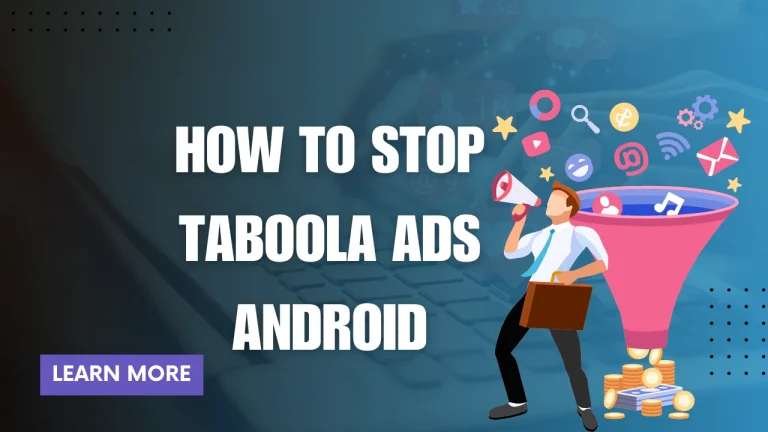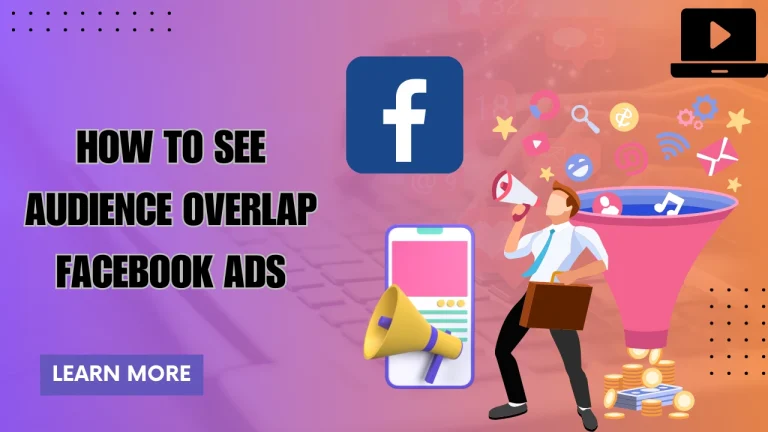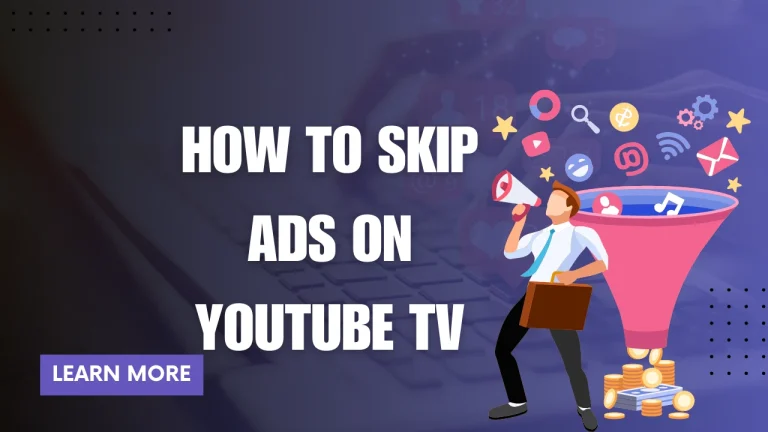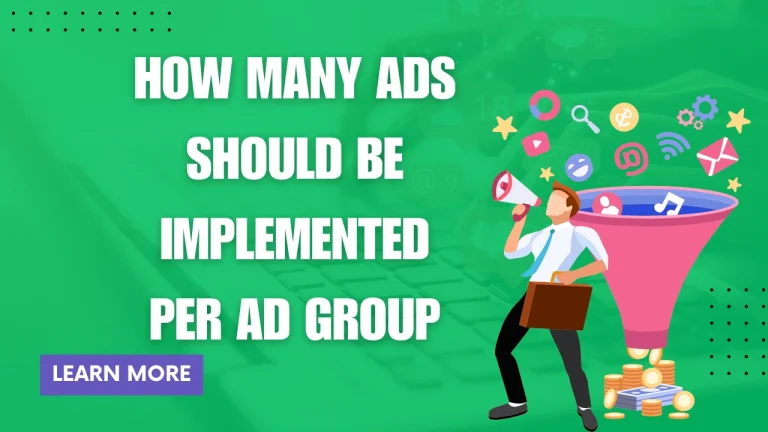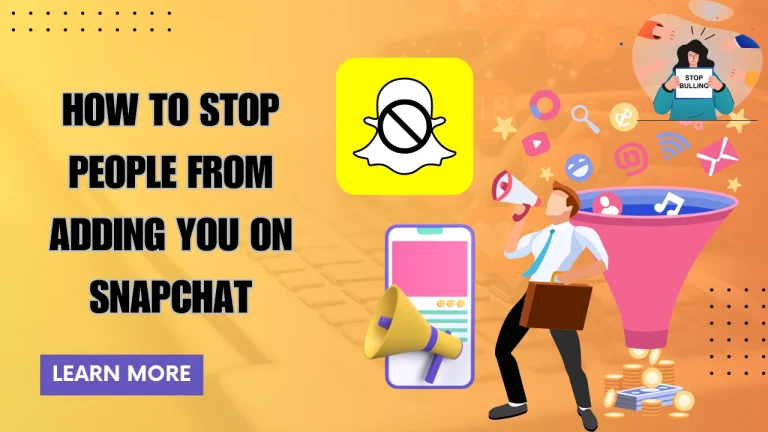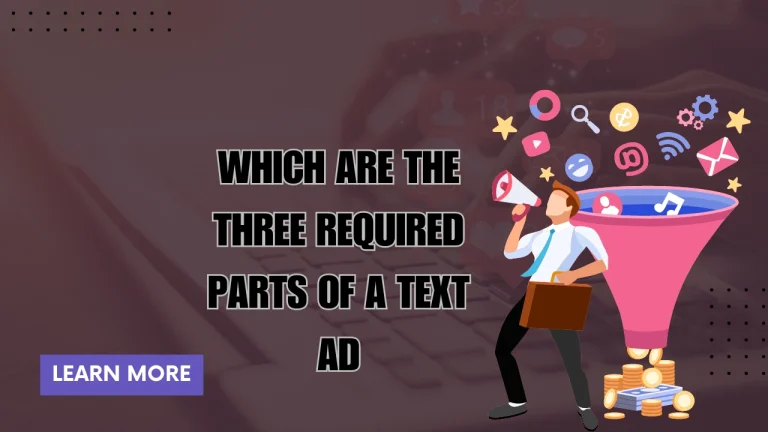Why Does Spotify Have So Many Ads
Are you tired of the seemingly endless stream of ads interrupting your favorite tunes on Spotify? Wondering why they have so many ads in the first place? Well, let’s delve into the monetization strategy behind this popular music streaming platform and Why Does Spotify Have So Many Ads?
Spotify offers both free and premium accounts to its users, and while the free option attracts a vast number of listeners, it comes at a cost – advertising revenue. Ads are a crucial source of income for Spotify, allowing them to offer their extensive music library to millions of users without charging a subscription fee.
Additionally, licensing costs and royalties play a significant role in Spotify’s need for advertisements. The platform must pay artists and record labels for the rights to stream their music, which can amount to substantial expenses.
But it’s not all about money; user experience also shapes Spotify’s ad-heavy approach. By offering a free tier with ads, they provide an opportunity for users to enjoy music without any financial commitment. However, feedback from users regarding excessive ads has prompted ongoing efforts by Spotify to strike a delicate balance between revenue generation and maintaining an enjoyable listening experience.
Key Takeaways
- Spotify relies on ads as a crucial source of income to support its operations and cover licensing costs and royalties.
- Offering a free version with ads helps attract a larger user base and generate substantial revenue through its advertising model.
- Ad targeting based on user listening habits and sponsored playlists provide additional avenues for advertisers to reach the users.
- Spotify carefully considers ad placement to minimize disruption and maintain a positive user experience while delivering relevant content.
Monetization Strategy of Spotify

So, let’s talk about Spotify’s monetization strategy and why they have so many ads for you. Spotify utilizes various monetization models to generate revenue. One of their main strategies is offering a free version of their service that includes advertisements. By doing this, Spotify can attract a larger user base and increase their chances of converting users into premium subscribers.
Additionally, the company conducts competition analysis to understand the market trends and optimize their ad placements for maximum effectiveness. Understanding that ads can be disruptive, Spotify aims to strike a balance between providing a free service and generating revenue through advertising.
This approach allows them to offer a wide range of content while still catering to users who prefer not to pay for premium accounts. z dmd mdmNow let’s dive into the comparison between free and premium accounts and explore how this impacts the overall listening experience on Spotify.
Free vs. Premium Accounts
If you want to enjoy uninterrupted music without any interruptions, you should consider upgrading to a premium account on Spotify. With the ad-supported model, free users have to endure frequent ads that disrupt their listening experience. However, by upgrading to a premium account, you can enjoy ad-free listening and have complete control over your music.
Here are three key benefits of upgrading:
- No more annoying interruptions: Say goodbye to those pesky ads that interrupt your favorite songs.
- Improved audio quality: Premium accounts offer higher audio quality for an enhanced listening experience.
- Offline listening: Download your favorite tracks and listen to them offline, even without an internet connection.
By opting for a premium account, you not only support the artists and creators behind the music but also unlock a range of features that enhance your overall enjoyment.
In the next section about advertising revenue, we will delve into how these ads generate revenue for Spotify.
Advertising Revenue
With a multitude of advertisements, Spotify generates substantial revenue through its advertising model. Ad targeting allows Spotify to deliver personalized ads to its users based on their listening habits and preferences, maximizing the effectiveness of each advertisement.
Additionally, sponsored playlists provide another avenue for advertisers to reach their target audience. By partnering with popular artists or curators, Spotify can incorporate branded content seamlessly into playlists, creating a more organic and engaging advertising experience for users.
The combination of these strategies helps Spotify attract advertisers and generate revenue from both large corporations and smaller businesses looking to promote their products or services. However, while advertising plays a significant role in Spotify’s revenue stream, it is not the only factor contributing to the company’s financial success.
Licensing costs and royalties also form an essential part of their business model as they continue to provide a vast library of music for users worldwide without interruption.
Licensing Costs and Royalties
Licensing costs and royalties play a crucial role in Spotify’s financial success as they ensure uninterrupted access to a vast music library for users worldwide. Understanding the complex web of music industry regulations is essential for comprehending why Spotify relies on advertising revenue.
Here are three key points that shed light on this matter:
- Licensing agreements: Spotify must obtain licenses from record labels, publishers, and artists to legally stream their music. These licenses come at a cost, which contributes significantly to Spotify’s expenses.
- Royalty payments: Every time a song is streamed, Spotify pays royalties to the rights holders based on predetermined agreements. This ensures that artists and copyright owners are compensated fairly for their work.
- Impact on independent artists: The licensing costs and royalty structure can be particularly challenging for independent artists who have limited financial resources or lack representation from major labels.
Understanding these factors gives insight into why Spotify incorporates ads into its platform. By doing so, the company can cover the substantial licensing costs and continue providing users with an extensive music library without interruption.
Moving forward into the next section about user experience and feedback, it’s important to consider how these financial aspects influence listeners’ overall satisfaction with the platform.
User Experience and Feedback

Immerse yourself in a seamless and captivating listening experience that keeps you coming back for more, as Spotify values your feedback to enhance its platform.
User satisfaction is of utmost importance to Spotify, which is why they constantly strive to improve the user experience based on valuable feedback from their users.
When it comes to ads, Spotify carefully considers ad placement to ensure it doesn’t disrupt your listening flow or compromise your enjoyment. They aim to strike a balance between providing advertisers with effective reach and maintaining a positive user experience.
By strategically placing ads at appropriate intervals and incorporating them seamlessly into the platform, Spotify aims to minimize any potential disruption while still delivering relevant content.
Your satisfaction matters, and Spotify continuously works towards creating an ad-supported model that respects both your time and preferences.
Frequently Asked Questions
Conclusion
In conclusion, the reason Spotify has so many ads is primarily due to its monetization strategy. By offering both free and premium accounts, the platform relies heavily on advertising revenue to support its operations and provide a wide range of music options to its users.
Additionally, licensing costs and royalties paid to artists also contribute to the need for ads. While some users may find the abundance of ads disruptive, it’s crucial for Spotify’s sustainability and ability to offer a diverse music library.

